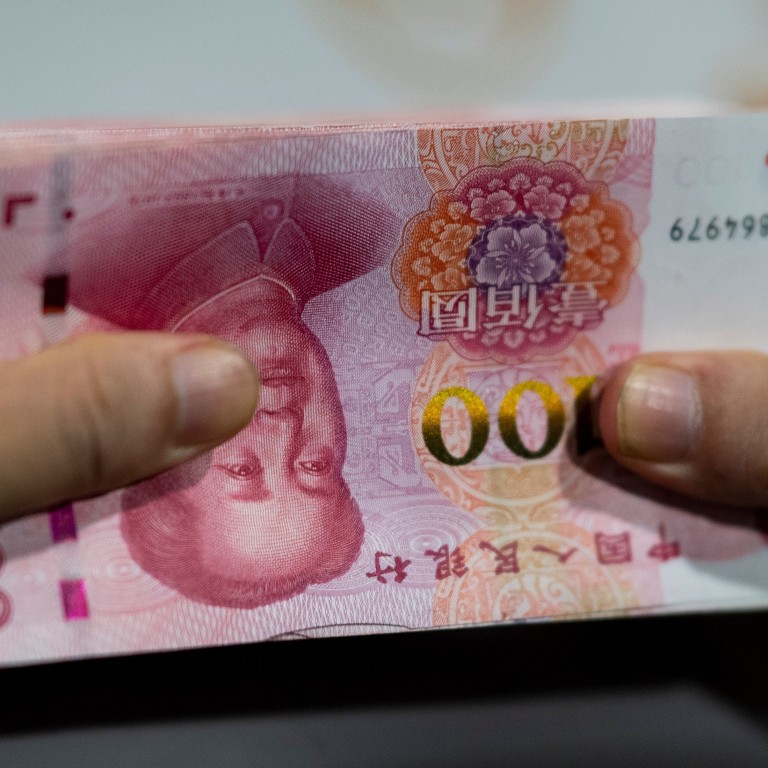
China new bank loans fell in July, but broad credit and liquidity growth quickened in bid to support economic recovery
- Chinese banks extended 992.7 billion yuan (US$142 billion) in new yuan loans in July, down from 1.81 trillion yuan in June
- Broad M2 money supply in July grew 10.7 per cent from a year earlier, central bank data showed
New bank lending in China fell more than expected in July from the previous month, but broad credit and liquidity growth quickened as the central bank sought to support a gradual economic recovery.
Analysts polled by Reuters had predicted new yuan loans would fall to 1.20 trillion yuan in July. The new loans were lower than 1.06 trillion yuan a year earlier.
Household loans, mostly mortgages, fell to 757.8 billion yuan in July from 978.8 billion yuan in June, while corporate loans dipped to 264.5 billion yuan from 927.8 billion yuan.
A stronger-than-expected rebound in activity in the second quarter has reduced the urgency for the PBOC to ease policy further, but it will keep conditions accommodative to support the recovery, sources have told Reuters.
The central bank has already rolled out a raft of easing steps since early February, including cuts in reserve requirements and lending rates and targeted lending support for virus-hit firms.
China dropped its annual growth target this year for the first time since 2002 and pledged more government spending as the coronavirus pandemic badly hurt the world’s second-biggest economy.
Broad M2 money supply in July grew 10.7 per cent from a year earlier, below estimates of 11.1 per cent forecast in the Reuters poll. It rose 11.1 per cent in June.
Outstanding yuan loans grew 13.0 per cent from a year earlier compared with 13.2 per cent growth in June. Analysts had expected 13.2 per cent growth.
Annual growth of outstanding total social financing (TSF), a broad measure of credit and liquidity in the economy, quickened to 12.9 per cent in July from 12.8 per cent in June.
TSF includes off-balance sheet forms of financing that exist outside the conventional bank lending system, such as initial public offerings, loans from trust companies and bond sales.
In July, TSF fell to 1.69 trillion yuan from 3.43 trillion yuan in June. Analysts polled by Reuters had expected July TSF of 1.85 trillion yuan.
Broad credit growth hit its highest level in nearly two and a half years as a pickup in direct financing and shadow credit offset slower issuance of bank loans
“Broad credit growth hit its highest level in nearly two and a half years as a pickup in direct financing and shadow credit offset slower issuance of bank loans. This acceleration should continue in the months ahead,” said Julian Evans-Pritchard, senior China economist at Capital Economics.
“The acceleration in direct financing comes as no surprise given the recent strength of bond issuance by local governments and stated firms. But the pickup in shadow credit was unexpected and could imply a relaxation in the regulatory stance toward such lending.
“We anticipate a further acceleration in lending in the coming months. Admittedly, the deceleration in bank loans suggest that loan quotas are no longer being loosened, which could remain a drag on broad credit growth. But stronger investment demand on the back of the ongoing economic recovery should prop up issuance of corporate bonds and equity, and government bond issuance is set to remain rapid for the remainder of the year.”

